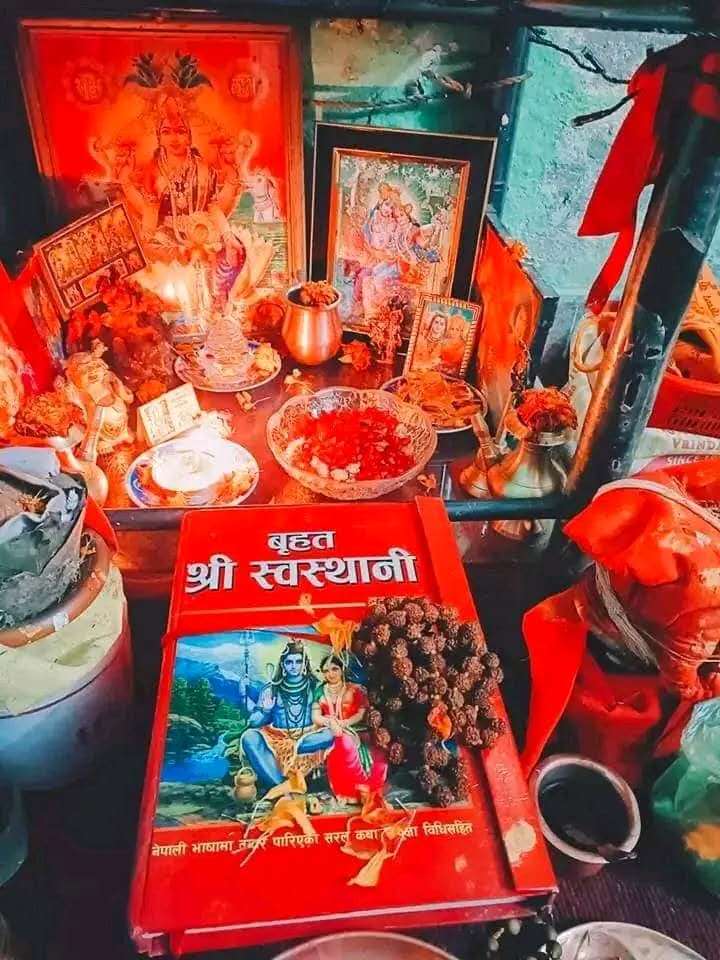
SATV Jan 13, Kathmandu: According to the Vedic Sanatan tradition, the month of Magh (January-February) is specially dedicated to worshipping deities in Nepal.
During the one-month period from Poush Shukla Purnima (full moon of the Poush month) to Magh Shukla Purnima, various Shakti Peethas (power centers) in Nepal are worshipped.
This tradition is believed to have originated based on the faith that after the parts of Goddess Sati fell at these locations, the deities began residing there. Starting Monday, Vedic Sanatan followers commence Magh bathing, Swasthani fasting, and recitation of the Swasthani Katha (story), performing worship rituals.
Most women observe this fast. Jessica Vantin Birkenholtz, an American researcher who has studied Swasthani Brata Katha in Nepal, states that this tradition is not found in other South Asian countries. Jessica is currently an Associate Professor of Religion at the University of Illinois in the United States.
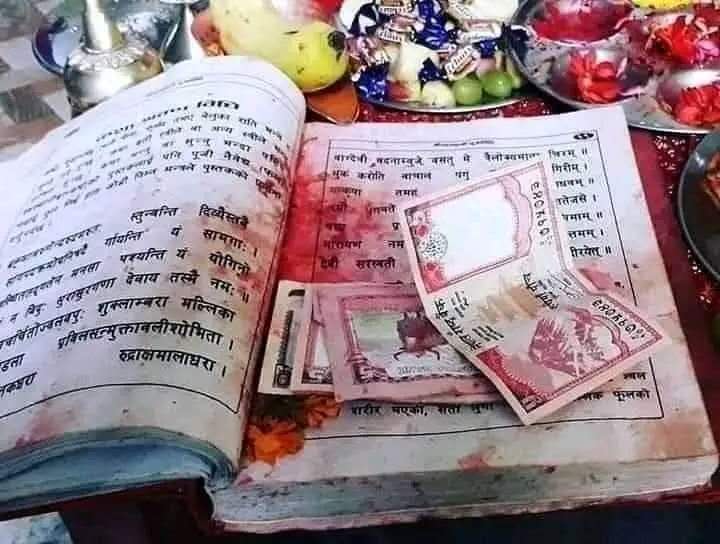
The Swasthani fasting and Magh bathing begin on the day of Poush Shukla Chaturdashi (14th lunar day). The process starts with trimming nails, taking a purifying bath, and wearing clean clothes. Morning rituals include Magh bathing, followed by worshipping Lord Shiva at noon. In the evening, the Swasthani Brata Katha, a conversation between Sage Agastya and Kumar Kartikeya from the Skanda Purana’s Kedara Khanda, is read and recited.
For one month, the fast is observed using this method. On Magh Shukla Purnima, offerings are made to the goddess, including 108 Janai (sacred threads), 108 betel nuts, 108 betel leaves, 108 flowers, 108 breads, 108 grains of rice, and various fruits, incense, lamps, sandalwood, vermilion, clothing, and gifts. Devotees offer these items to the goddess, praying for their wishes to be fulfilled.
Swasthani Puja is the worship of the deity of one’s locality. Since the period after Uttarayan (winter solstice) is considered suitable for meditation and spiritual practice, the term "Swasthani" is believed to signify connecting with one's inner self.
The goddess Swasthani, as described in the Skanda Purana, is a golden-complexioned deity with three eyes, a serene expression, seated on a lotus and lion throne, and possessing four hands. According to religious scholar and member of the Nepal Panchang Decision Committee, Dr. Devmani Bhattarai, observing the Swasthani fast properly is believed to reunite separated couples, cure diseases, and fulfill desires for a spouse.
In the Satya Yuga, Goddess Parvati, the daughter of the Himalayas, observed the Swasthani fast following Lord Vishnu's guidance to win Lord Shiva as her husband. This story is narrated in the Swasthani Katha.
Shalinadi Fair in Sankhu
On this occasion, the month-long Madhav Narayan Mela has started at Shalinadi in Sankhu, located 18 km northeast of the Kathmandu Valley, accompanied by the sacred Magh bathing.
"There is a religious belief that bathing here during Magh and worshipping Madhav Narayan washes away sins and earns merits. Every year, millions of devotees visit this place," said historian Prakash Shrestha, who has been researching the historical, religious, archaeological, cultural, and touristic aspects of Sankhu.
The Shalinadi fair management committee has announced that all preparations for the fair have been completed.
Some photos of the devotees found in different temples of Kathmandu are:
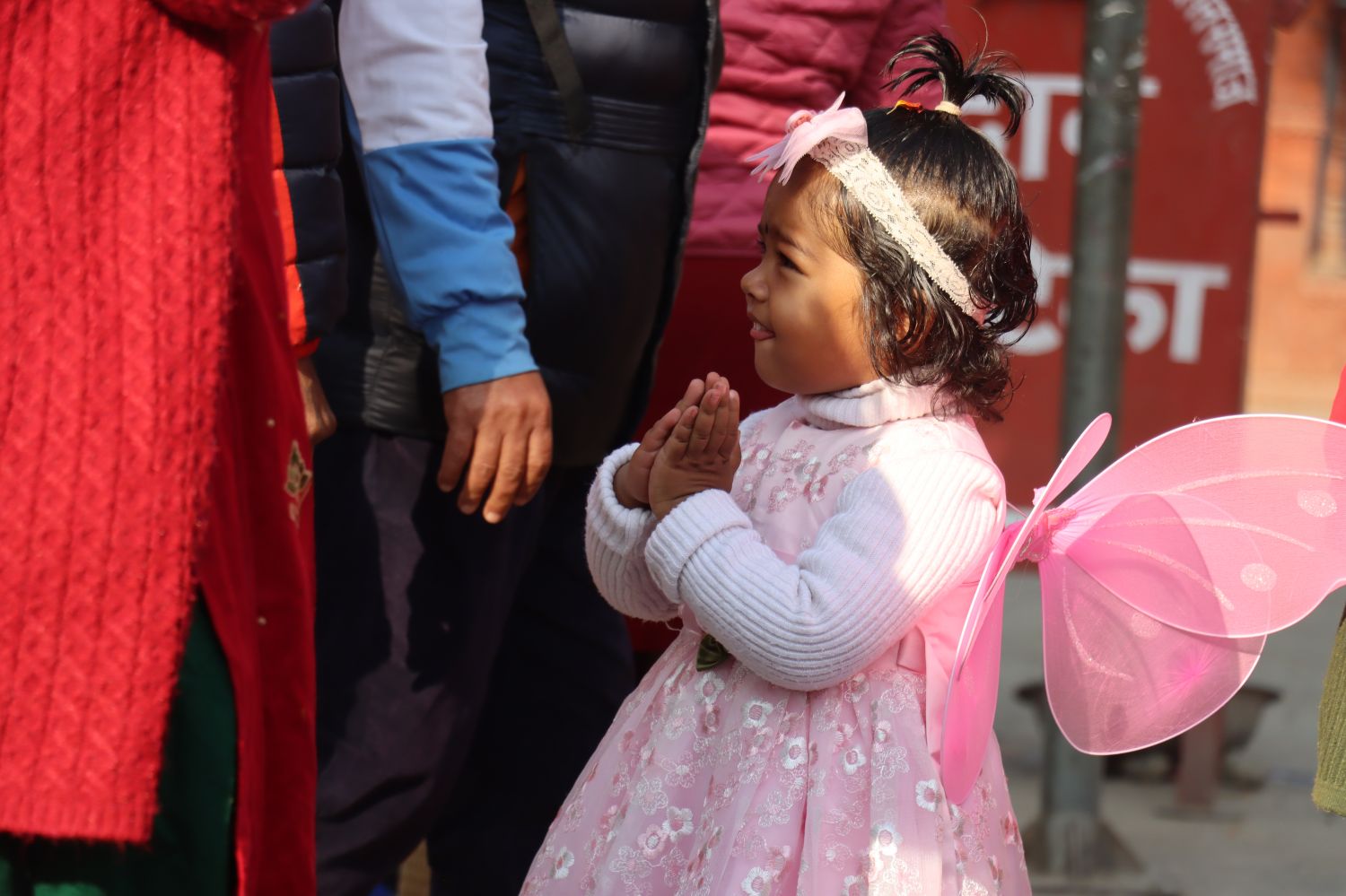
baby girl infront of the temple
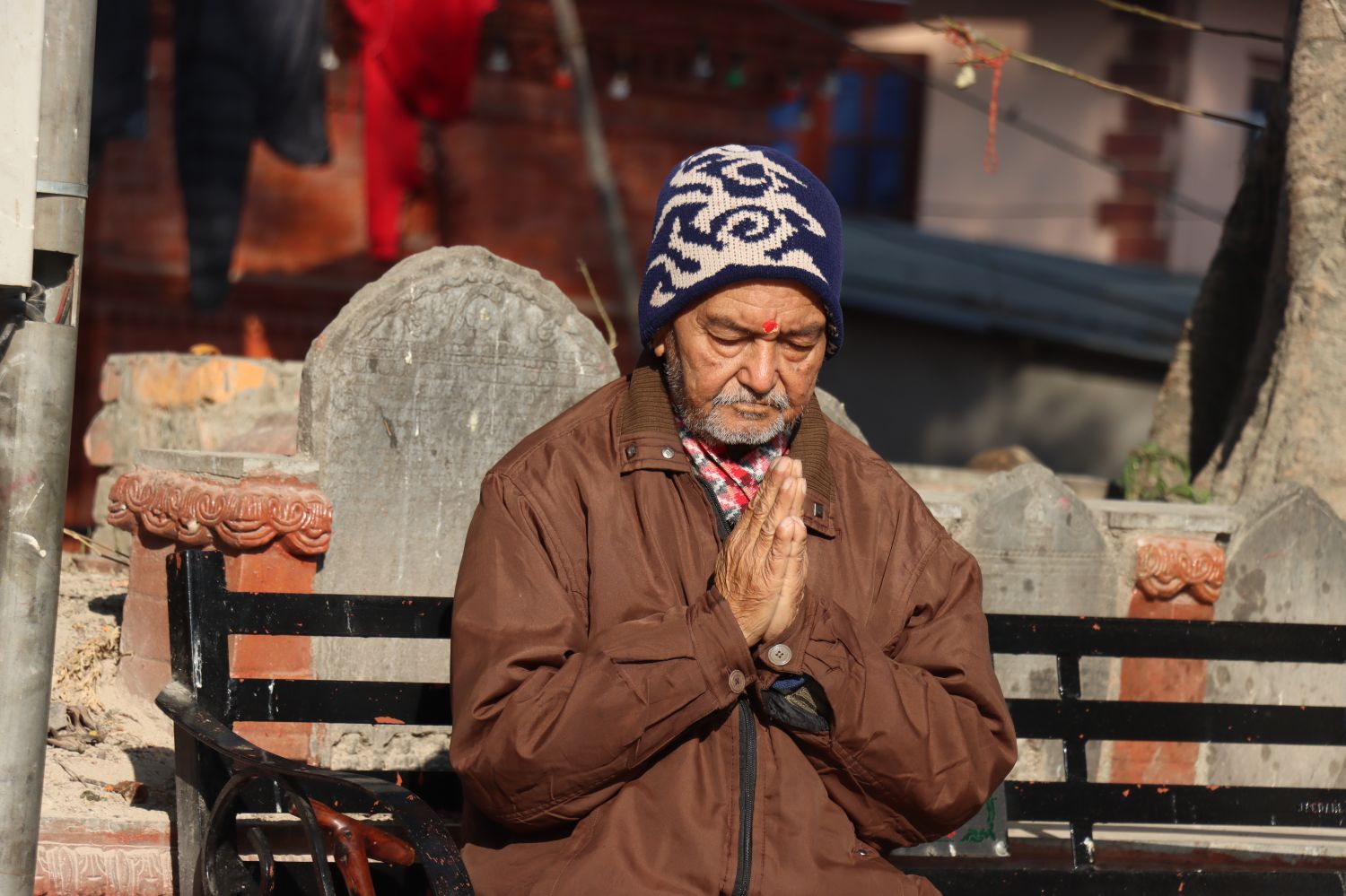
old man greeting to god
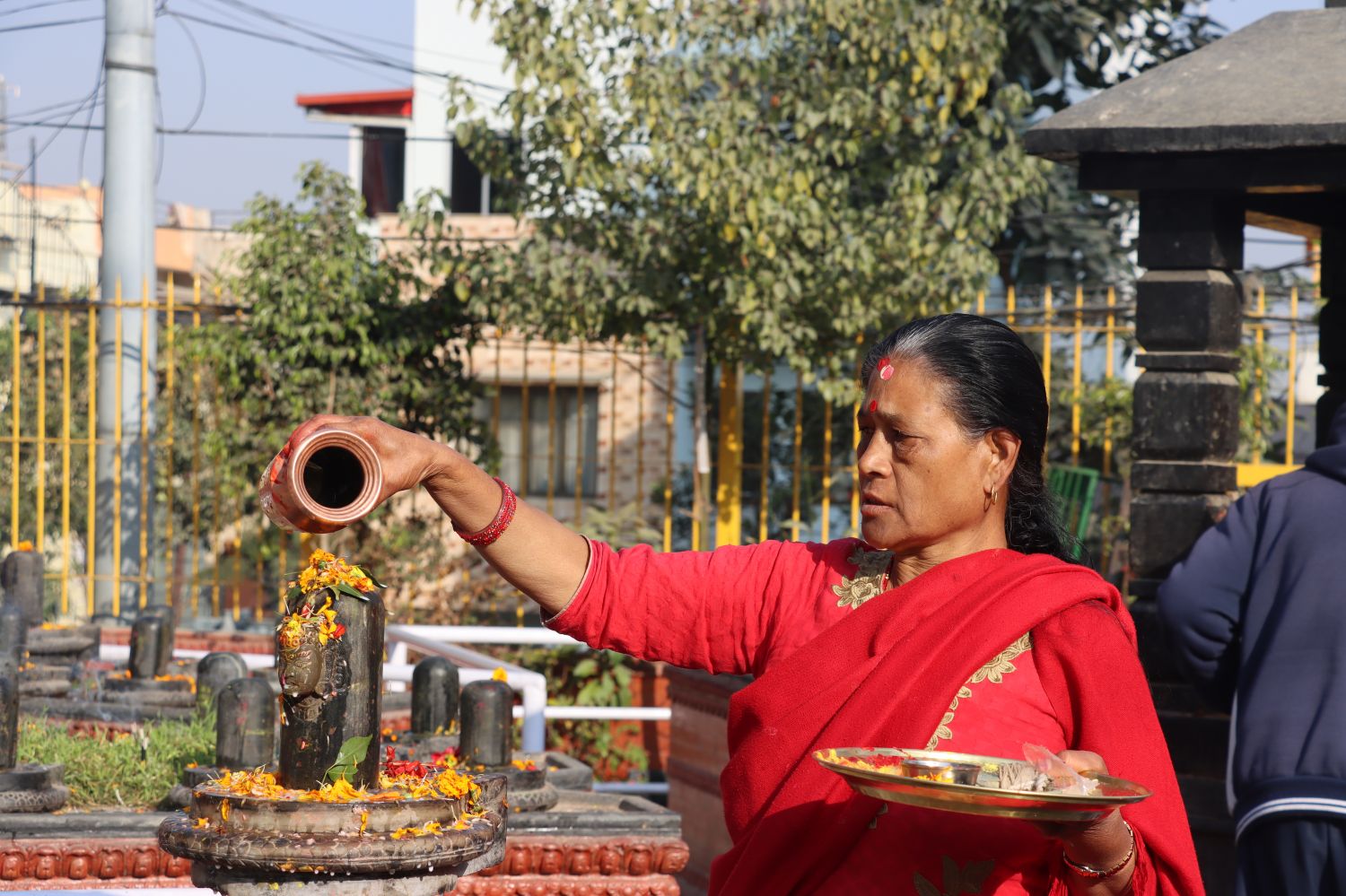
Pouring water to Shivling
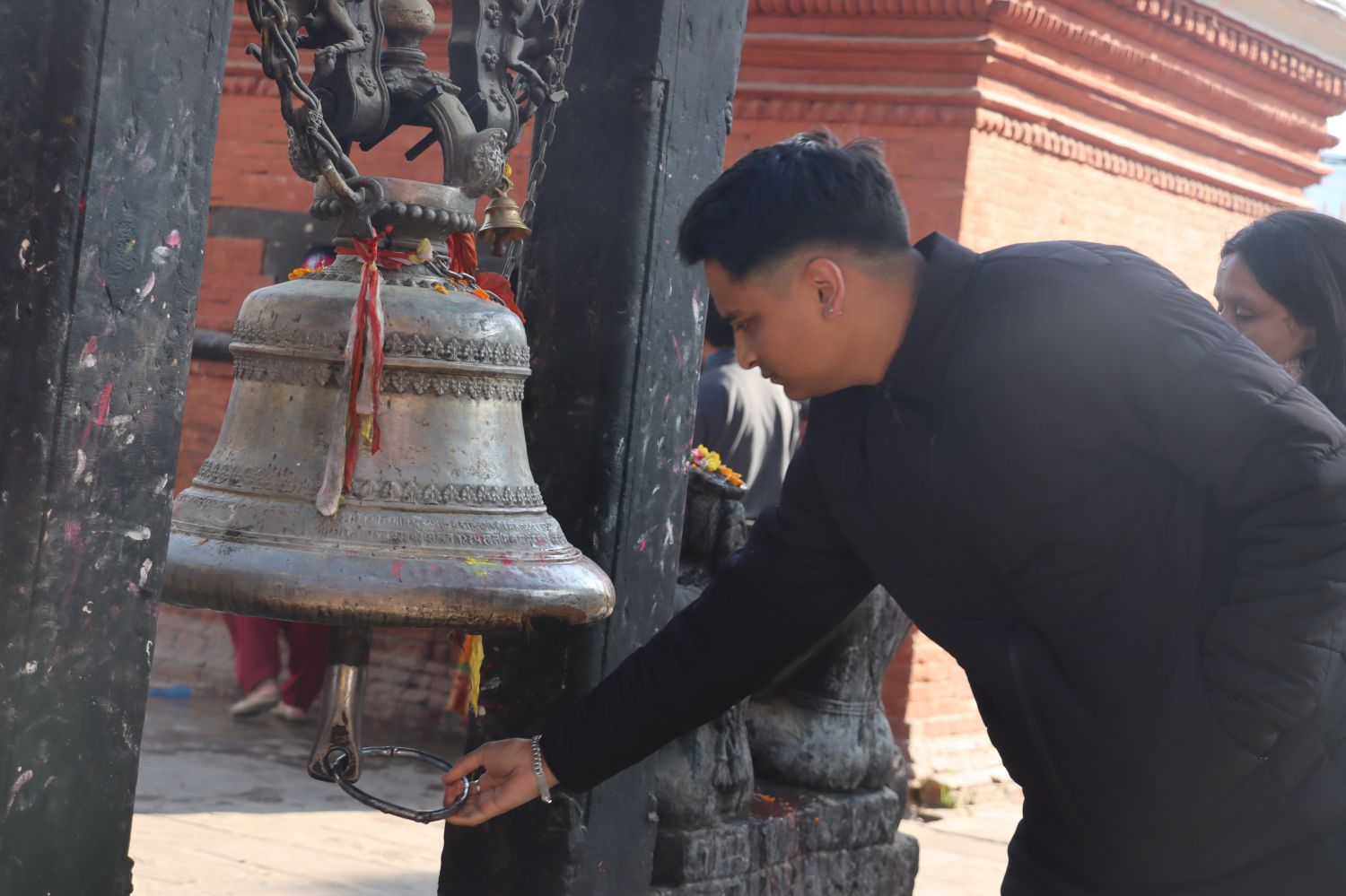
Devotee ringing the bell before worship




